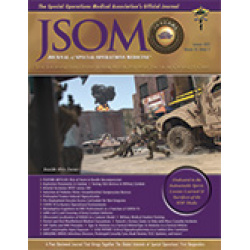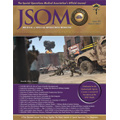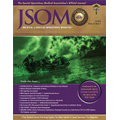Sepsis-Induced Coagulopathy and Disseminated Intravascular Coagulation: What We Need to Know and How to Manage for Prolonged Casualty Care
Nam JJ, Wong AI, Cantong D, Cook JA, Andrews Z, Levy JH 23(2). 118 (Journal Article)
Coagulopathy can occur in trauma, and it can affect septic patients as a host tries to respond to infection. Sometimes, it can lead to disseminated intravascular coagulopathy (DIC) with a high potential for mortality. New research has delineated risk factors that include neutrophil extracellular traps and endothelial glycocalyx shedding. Managing DIC in septic patients focuses on first treating the underlying cause of sepsis. Further, the International Society on Thrombolysis and Haemostasis (ISTH) has DIC diagnostic criteria. "Sepsis-induced coagulopathy" (SIC) is a new category. Therapy of SIC focuses on treating the underlying infection and the ensuing coagulopathy. Most therapeutic approaches to SIC have focused on anticoagulant therapy. This review will discuss SIC and DIC and how they are relevant to prolonged casualty care (PCC).


 Español
Español 






